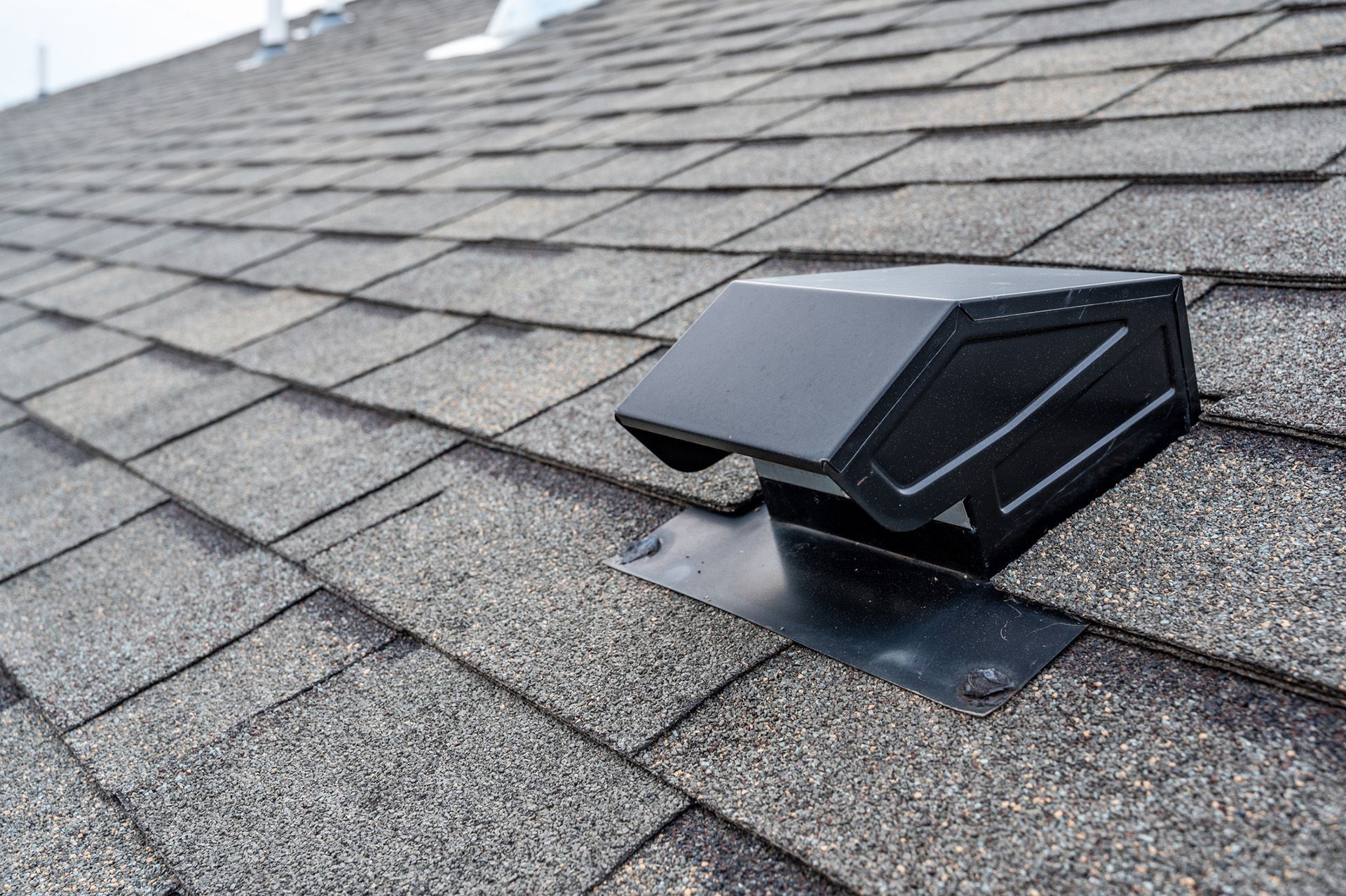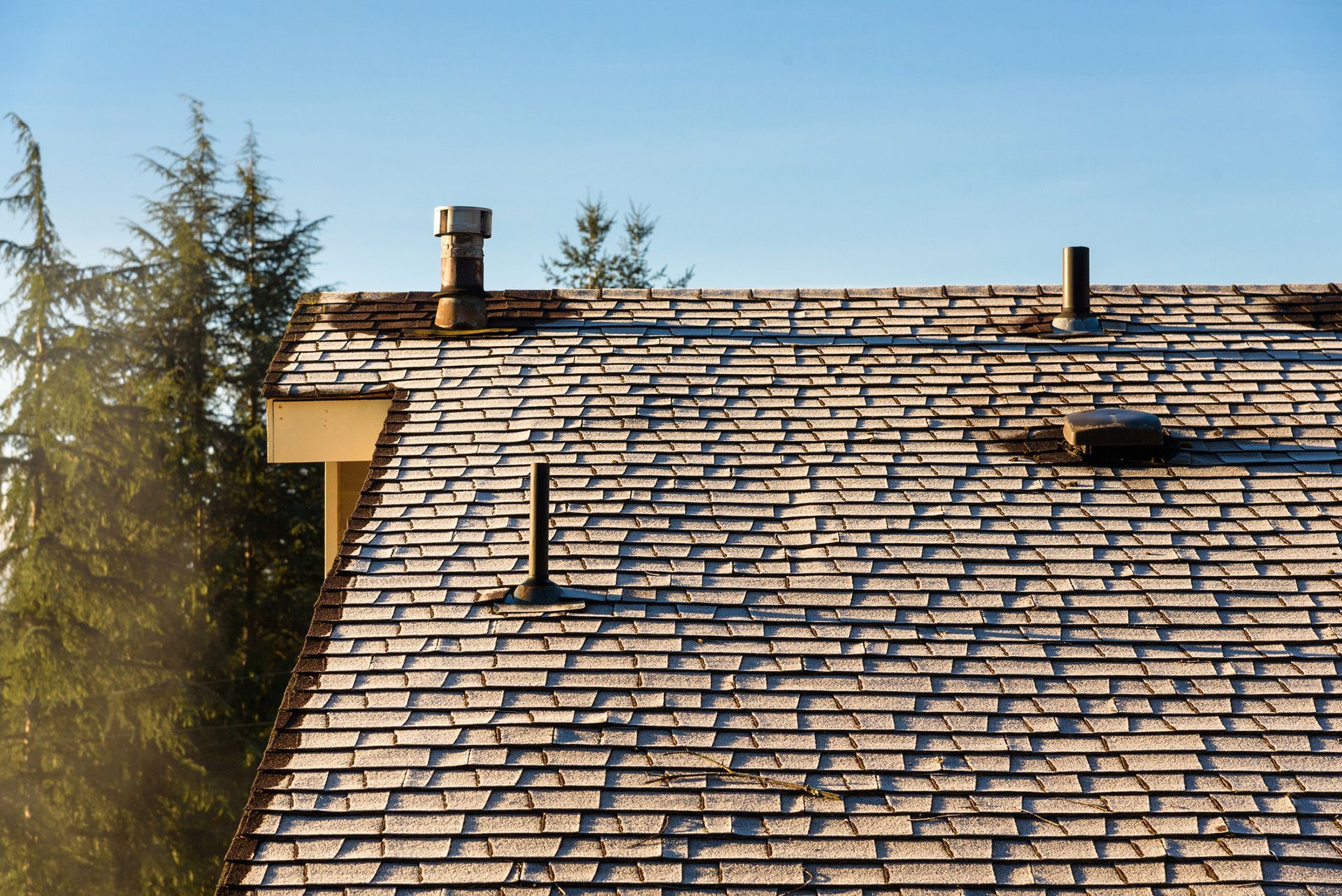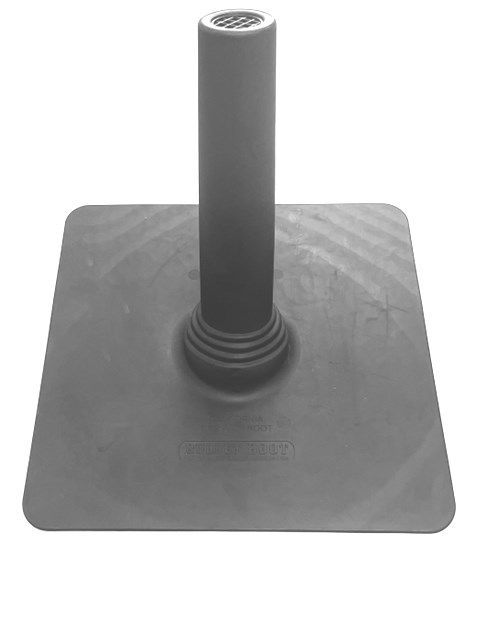TPO Roofing Products Available From Bullet Products
TPO Roofing Options From
Bullet Products
The Bullet Boot TPO pipe flashing is a new patented product is designed to aesthetically replace the older, more time consuming pipe flashings at a competitive price. This is a one-piece flexible design that goes on the outside as well as the inside of the pipe. Our boots have one hundred percent UV protection. Furthermore, the boots make an ideal flashing for all types of TPO roofing. Additionally, all our boots come with rodent screen built in the top. This prevents rodents, birds, and other critters from entering the vent. As well, the screen prevents unwanted debris from entering the vent. Finally, there is no need to paint since it comes in many colors to match virtually any roof application.

What Is a TPO Roof?
Thermoplastic Polyolefin, or TPO roofing is a single-ply roofing membrane that is one of the fastest growing commercial roofing systems on the market. The name is a bit misleading, because rather than being a plastic, TPO is one of a few different types of rubber, usually a blend of polypropylene and ethylene-propylene rubber. TPO membranes are manufactured in sheets that are 6, 10, or 12 feet wide. Then, the sheets are rolled up and taken to the commercial, or residential facility.

TPO Roofing Installation
Prepare the existing substrate, either by cleaning or removing the existing roof. Next, install the insulation. There are a few types of insulation options the facility manager/owner can choose from:
- Polyisocyanurate (Polyiso) – The most used insulation type for roofing applications, Polyiso is more expensive but pays off with a higher R-value rating.
- Expanded Polystyrene (EPS) – With the highest R-value per dollar, EPS is used for roof, wall, and floor insulation. EPS can be used for ground contact and does not retain water over time.
- Extruded Polystyrene (XPS)– Usually defined by the blue, green, or pink color, XPS falls in-between Polyiso and EPS in the range of price and performance. XPS is semipermeable with a perm rating of 1.
Attach he TPO membrane to the cover board with a bonding adhesive or mechanically fastened. Roll the membrane out, the contractor then returns and uses a hot-air gun to hot air weld the seams together.
TPO Roofing Pros
- Cost – The biggest positive to installing TPO roofing on your flat roof is the cost. TPO is one of the cheapest materials on the market today, for commercial applications, costing less than EPDM or other types of rolled rubber roofing. Residential application mostly use a modified rolled roof, which is cheaper than TPO.
- Customer Choice of Installation – It can be attached with adhesives or fastened directly to the roof deck. It can also be heat welded in places around chimneys and other protrusions.
- Customer Choice of Insulation –– Since single-ply membrane roofing does not include the insulation factor, as a customer you have more options to choose from to insulate your facility’s roof.
- Class A Fire-Rated – TPO membranes and EPDM can achieve Underwriters Laboratories (UL) Class A fire resistance listings by adding fire retardant chemicals during the manufacturing process.
- Reflective or Retentive – The other biggest positive to using TPO is its color. This type of roofing is white on top, which can help to reflect the sun’s light and stop heat buildup within the building.
Finally, TPO resists corrosion and break down upon contact with numerous materials. It also does not promote mildew or algae growth and does not require pressure washing.
TPO Roofing Cons
- Manufacturer Differences – While it is inexpensive and white, different manufacturers of TPO products can make wildly different products. This means that you may get a good quality roof from one manufacturer, but for the same price you can find one that is very poorly constructed from another.
- Different Thickness – Added to this confusion is the fact that the material comes in a wide range of different thicknesses. Some buyers may mistakenly believe that the thicker materials are better quality and will last longer. Unfortunately, this is not the case; thickness has little to do with the durability of this material, and it all wears out at about the same rate.
- Material Changes – TPO compounds have changed in recent years, so it is impossible to say how long current roofs will last, but a general estimate puts a TPO roof between 10 and 20 years. This is due in part to the fact that the top layer of the material is laminated. Laminating any material introduces weak points that can cause the material to shrink, crack, craze, and deteriorate over time. In fact, it is common for some cheaper TPO roofs to develop cracks in the surface relatively quickly.
- Seams – These seams can mean a potential place for the membrane to expand and contract, which can eventually cause the seams to come loose and for water to infiltrate the roof.
TPO Roofing Costs
To get the best rubber roofing prices, you will need to consider these key factors:
- The size of your roof
- The condition of the existing roof
- Access to roof
- Insulation choice
- Membrane choice
- Installation choice
- Roof penetrations
- Type of warranty









